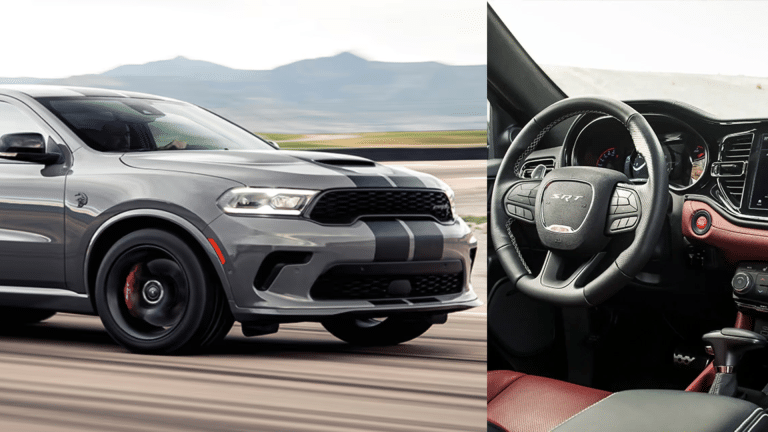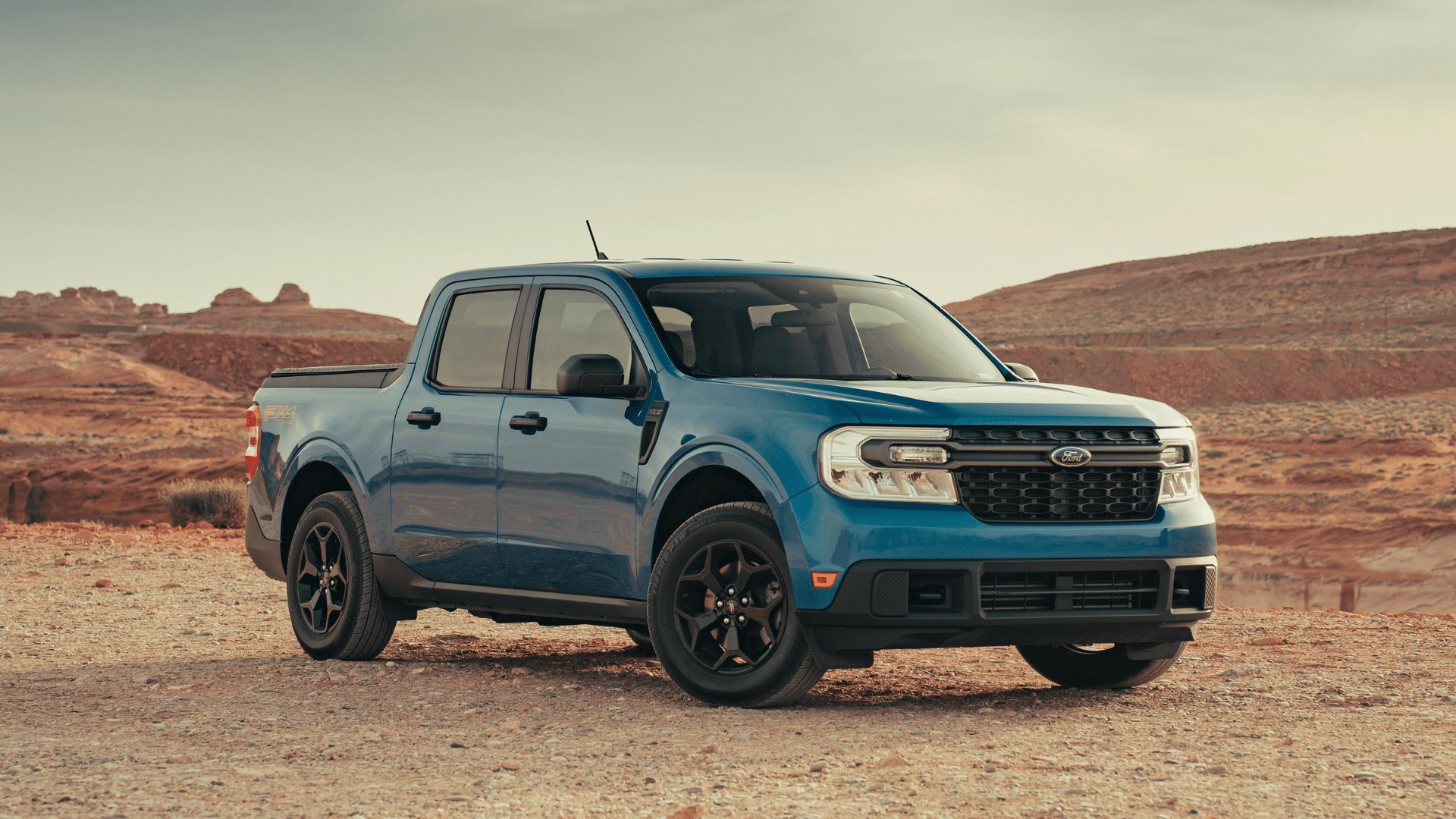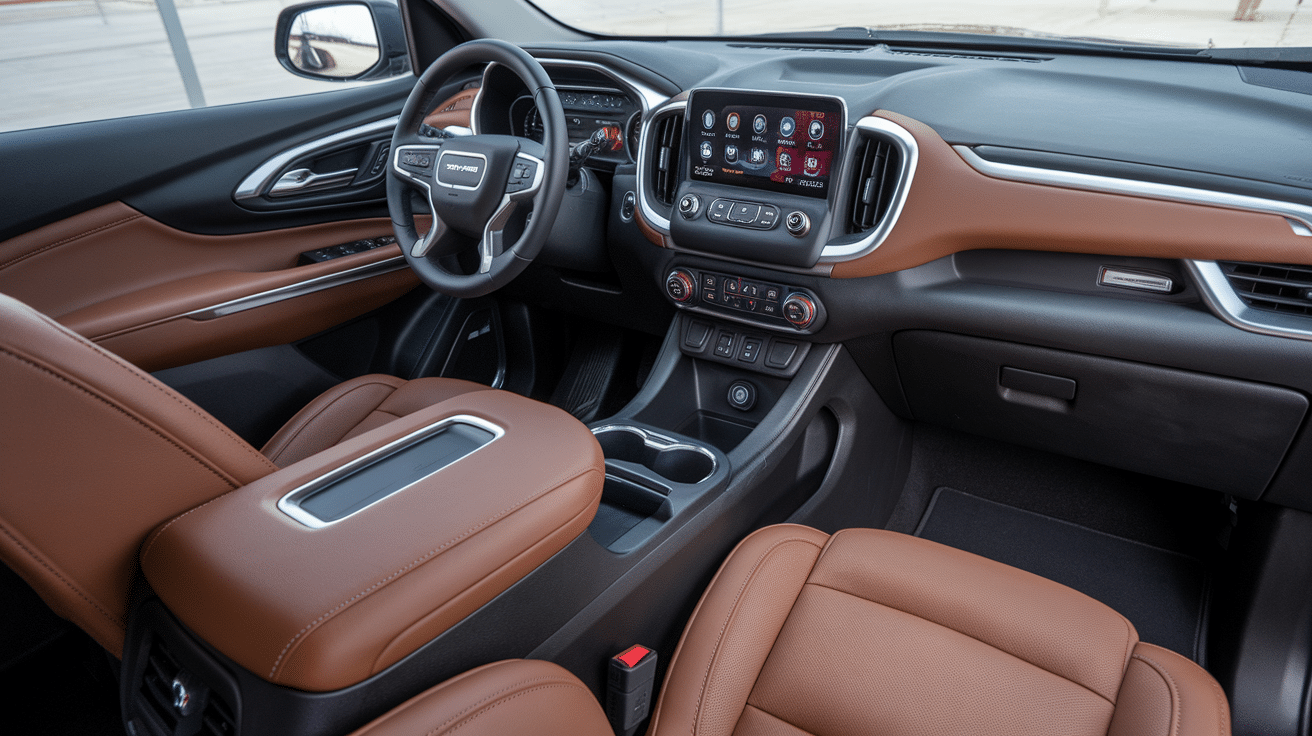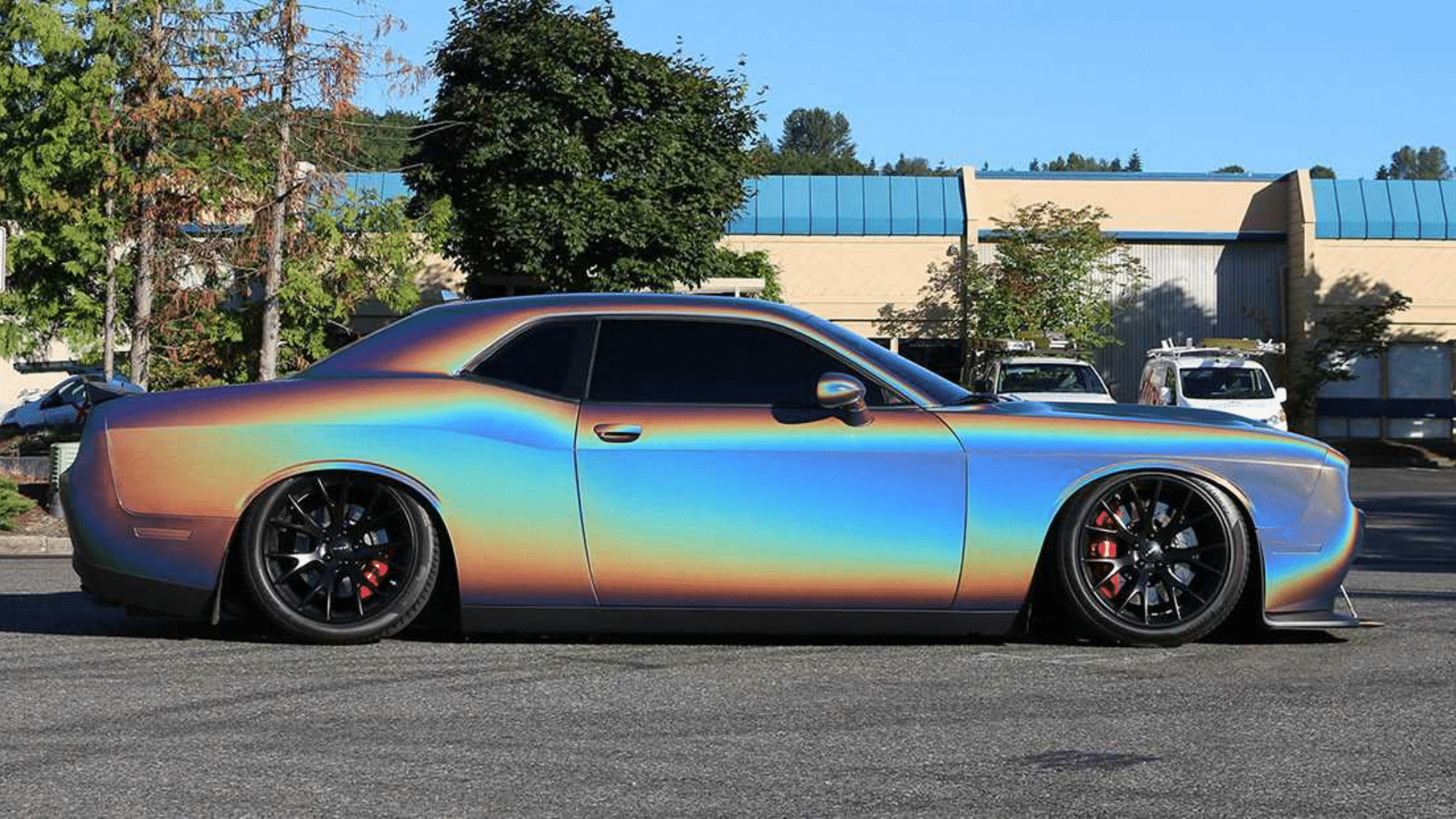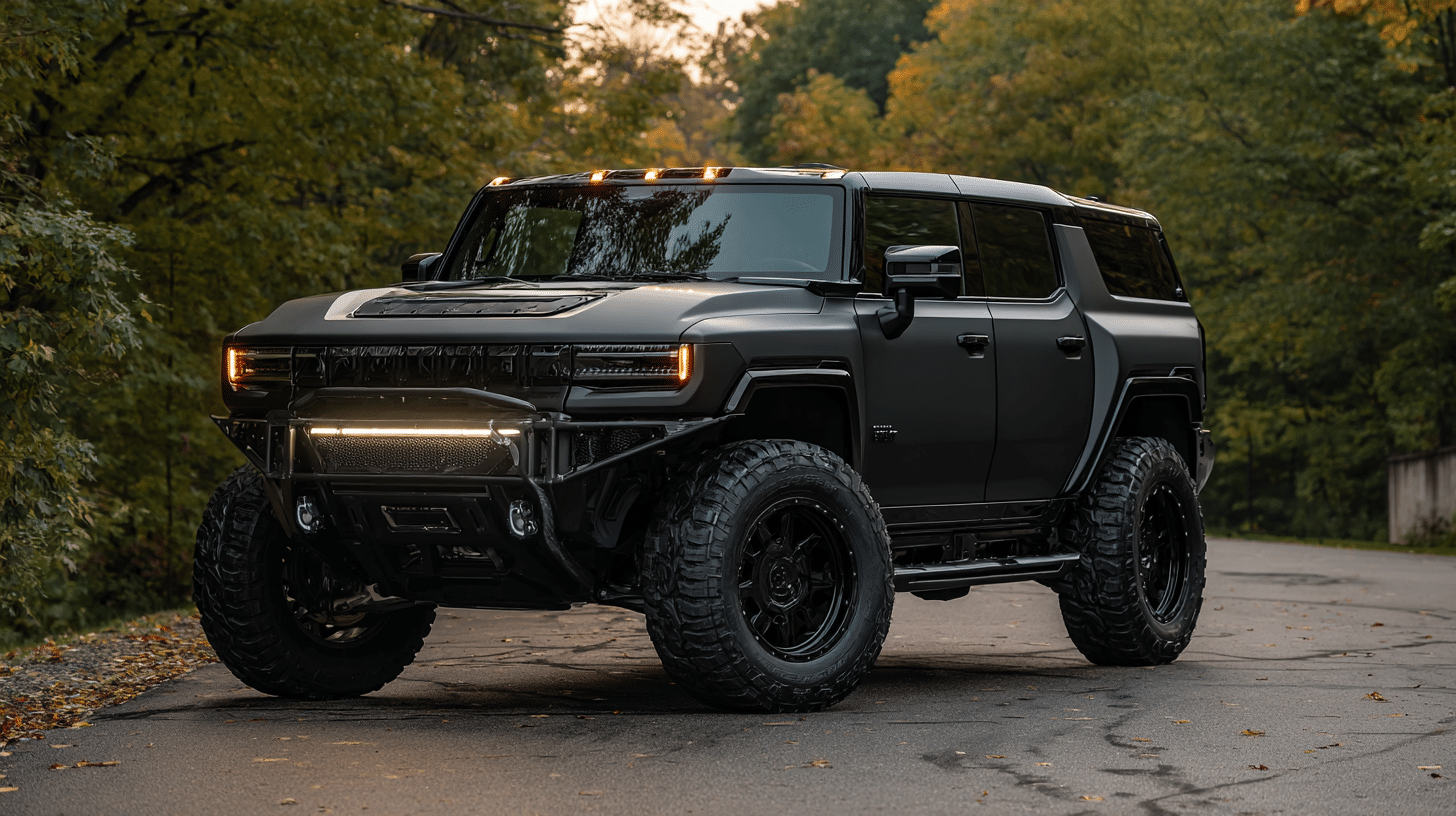When it comes to buying an SUV, durability is often one of the top concerns, and the Dodge Durango has sparked numerous conversations about its longevity.
Known for its powerful build and roomy design, this vehicle is a go-to choice for families, commuters, and adventurers alike.
But before making a long-term investment, you probably want to know: how many miles can a Dodge Durango go?
I’ve seen drivers proudly hit the 200,000-mile mark, while others question reliability after just a few years. It’s a mixed bag, but there are some clear patterns when you dig into the details.
If you already own one or are thinking about getting behind the wheel, understanding what impacts a Durango’s lifespan is key.
What Is the Average Lifespan of a Dodge Durango?
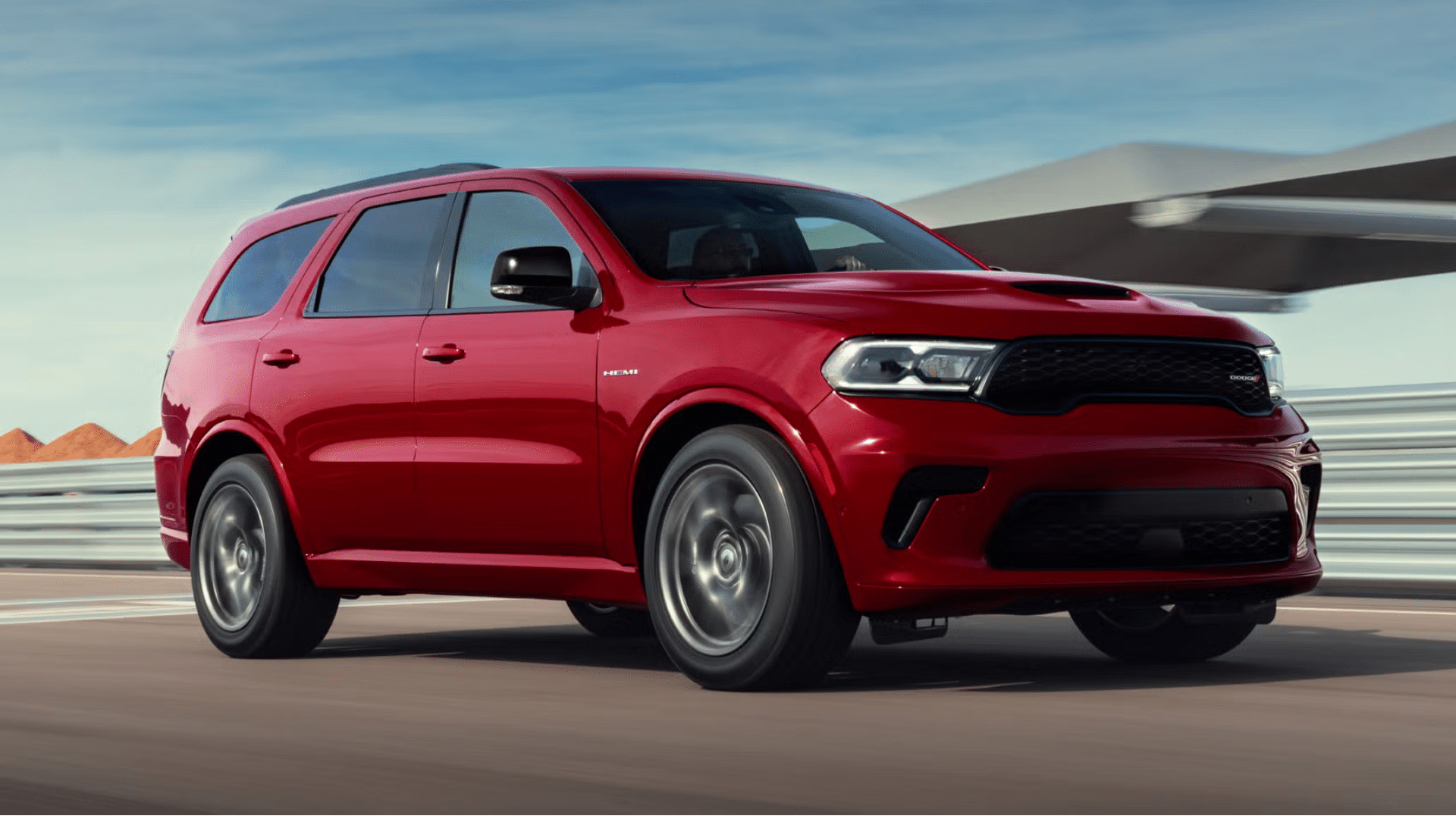
The average lifespan of a Dodge Durango is between 200,000 and 250,000 miles, assuming the SUV is well-maintained.
For many drivers, this means the vehicle can last 15 to 20 years, especially when driven around 13,000 to 15,000 miles annually. That’s a solid stretch of time for an SUV in this class.
Some Durango owners have even reported reaching 300,000 miles or more, though this is less common and typically requires exceptional care.
Regular maintenance, such as oil changes, transmission service, and brake upkeep, plays a significant role in how long the Durango will keep running smoothly.
Compared to other midsize SUVs, the Dodge Durango offers competitive longevity.
While some brands may have slightly lower or higher mileage ceilings, the Durango holds up well if you stay on top of service schedules and fix problems early.
Key Factors That Affect Durango’s Longevity
The lifespan of your Dodge Durango depends on the year and the level of maintenance you provide:
- Routine Maintenance: Skipping oil changes, tire rotations, or fluid checks can wear down the engine and other systems much faster.
- Driving Habits: Aggressive driving, frequent hard braking, and towing over the limit can add unnecessary stress to the vehicle.
- Climate and Conditions: Harsh weather, salted roads, and off-road driving can speed up rust, corrosion, and component breakdown.
- Engine and Transmission Care: Regular inspections and fluid changes can prevent serious (and expensive) engine or transmission problems later.
- Part Quality and Repairs: Using OEM or high-quality replacement parts improves reliability and helps the vehicle run as designed.
In the long run, these small choices matter. Even the toughest SUVs need a little love to hit those high mileage milestones. When you treat your Durango well, it has every chance to stay strong and dependable for years to come.
Most Reliable Dodge Durango Model Years

Over the years, the Dodge Durango has seen its fair share of ups and downs. Some model years stand out for their dependability, lower repair rates, and smoother performance.
| Model Year | Why It’s Reliable | Notable Features |
|---|---|---|
| 2014 | Strong safety ratings, stable performance | Stability control, refined handling |
| 2015 | Fewer recalls, upgraded interior | 8-speed automatic, advanced tech |
| 2016 | Minimal complaints, dependable V6 engine | Improved infotainment, smooth ride |
| 2017 | High owner satisfaction, low repair rates | Towing capacity, quiet cabin |
| 2020 | Modern tech, fewer electronic glitches | Uconnect system, updated safety tech |
I personally recommend the 2015–2017 stretch for a great mix of reliability, comfort, and value. These years tend to offer fewer headaches and more enjoyment behind the wheel, just the way an SUV should be.
How Does the Dodge Durango Compare to Other SUVs in Its Class?

While the Durango can last 200,000 to 250,000 miles with proper care, how does that stack up against rivals like the Toyota Highlander, Ford Explorer, and Honda Pilot?
Dodge Durango vs. Toyota Highlander
Average Lifespan:
- Durango: 200,000–250,000 miles
- Highlander: 250,000–300,000 miles
Reliability: Toyota has a long-standing reputation for reliability, and the Highlander consistently earns high scores in consumer reports.
Cost of Ownership: The Highlander tends to have fewer major repair needs and lower maintenance costs.
Dodge Durango vs. Ford Explorer
Average Lifespan:
- Durango: 200,000–250,000 miles
- Explorer: 200,000–250,000 miles
Reliability: These two are more evenly matched. The Explorer has had mixed reviews depending on the year, especially in terms of transmission performance.
Performance: The Durango often stands out with more towing power and stronger V8 engine options, giving it an edge for those who need utility.
Dodge Durango vs. Chevrolet Traverse
Average Lifespan:
- Durango: 200,000–250,000 miles
- Traverse: 200,000–250,000 miles
Reliability: Both have experienced reliability issues in older model years. However, recent updates in the Traverse have improved ride quality and tech features.
Interior Space: The Traverse typically excels in terms of third-row comfort and cargo space.
Overall, the Dodge Durango holds its own in the midsize SUV market.
While brands like Toyota and Honda may offer a bit more in long-term reliability and resale value, the Durango stands out with its towing power, available V8 engines, and rugged capability.
If you’re looking for a balanced SUV with performance and longevity, and you’re willing to stay on top of maintenance, the Durango is a strong contender.
Common Issues That Can Impact Durango Longevity
The Dodge Durango is tough, but it still has some common issues that can affect its long-term reliability.
1. Rust and Corrosion
Durangos, especially those from earlier model years, are known to develop rust in areas like the undercarriage, door frames, and wheel wells.
This is often worse in colder climates where roads are treated with salt. Routine washing and rust-proofing treatments can help protect against long-term damage.
2. Electrical Problems
Some Durango models – especially around 2018 – have had issues with electrical systems.
These can include faulty infotainment screens, shorted wiring, or malfunctioning power windows.
While not always catastrophic, these problems can be costly and frustrating if left unchecked.
3. Brake System Wear
Excessive brake wear has been reported in several Durango models. In some cases, it’s just pads and rotors wearing out too quickly.
In others, corrosion in the brake booster has led to recall-worthy problems. Keeping an eye on your brakes and replacing parts as needed is key to safe, long-term use.
4. Engine and Transmission Troubles
The 3.6L V6 and 5.7L V8 engines in Durangos are strong, but not perfect.
Engine stalling, overheating, and occasional transmission slips have been noted, particularly in higher-mileage or poorly maintained vehicles.
Staying on top of oil and transmission fluid changes helps prevent most of these issues.
Catching these common issues early can make all the difference. I always recommend a pre-purchase inspection if you’re looking at a used Durango, and regular check-ups if you already own one.
A little attention now can save you a lot of miles down the road.
Tips to Extend the Life of Your Dodge Durango
Want to get the most mileage out of your Dodge Durango? With the right care and a few smart habits, this SUV can easily go the distance, well beyond 200,000 miles.
- Stick to the Maintenance Schedule: Follow the service intervals in the owner’s manual. Timely oil changes, fluid flushes, and inspections can prevent major problems later.
- Use Quality Parts and Fluids: Opt for OEM or high-grade aftermarket parts, and never skip on good oil, coolant, and transmission fluid.
- Drive Gently and Responsibly: Avoid rapid acceleration, sudden braking, and excessive towing. Smooth driving reduces wear on the engine and transmission.
- Keep It Clean – Inside and Out: Regularly wash the exterior to prevent rust, especially if you live in a snowy or coastal area. Don’t forget to vacuum and protect the interior, too.
- Watch for Early Warning Signs: Pay attention to odd noises, dashboard lights, or changes in performance. Catching issues early can save you thousands.
- Rotate Tires and Check Alignment: Rotating tires and checking wheel alignment help reduce strain on your suspension system and extend tire life.
- Store It Properly: If you’re not driving often, park your Durango in a garage or shaded spot and consider using a car cover.
Following these steps doesn’t take much effort, but the payoff is big. I always tell fellow drivers that a well-loved Durango rewards you with years of reliable, confident driving, mile after mile.
Conclusion
After diving into the numbers, reviews, and real-life stories, it’s clear that the Dodge Durango can go the distance – if you treat it right.
With regular maintenance and smart driving habits, it’s possible to see well over 200,000 miles on the odometer.
I’ve personally met Durango owners who have hit 250,000 miles and still love the ride.
Of course, not every model year is perfect, and some come with their own quirks and challenges.
However, if you choose a reliable year, stay ahead of repairs, and drive with care, the Durango is more than capable of lasting 15 to 20 years.
I believe it’s a solid choice for anyone looking for a long-term SUV investment. Just remember: a little attention goes a long way in keeping your Durango running strong for years to come.


